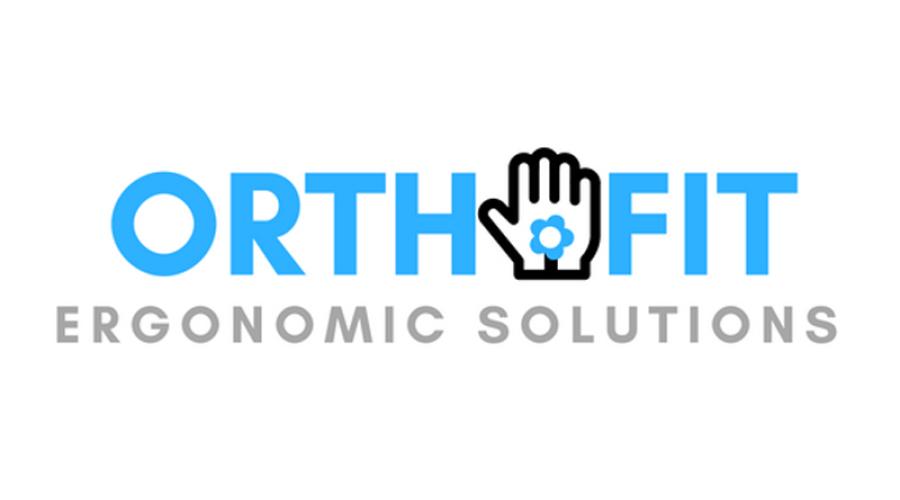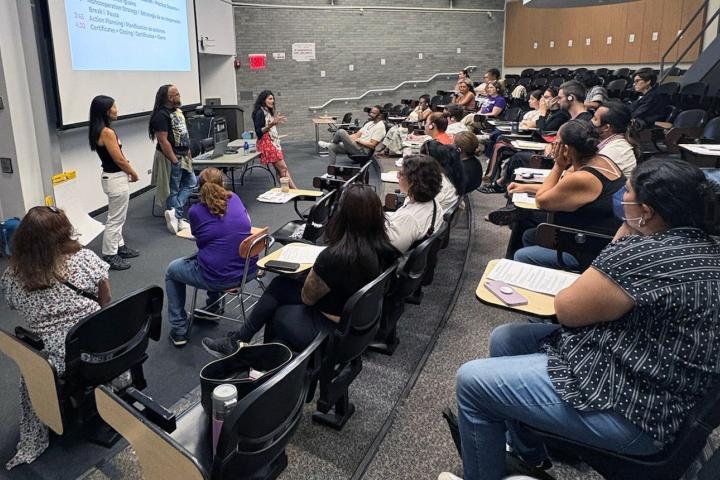
Ergonomic Collaboration
What do dentists, slaughterhouse workers, clerical workers and college students have in common? They all can suffer pain and injury related to ergonomics.
When a team of Cornell students, all of whom had experienced pain from typing, wanted to design a “smart glove” to collect data on repetitive stress, their quest led them to Nellie J. Brown.
Brown, a certified industrial hygienist, is director of the Workplace Health and Safety Program at ILR’s Worker Institute.
“We list her as one of our key advisers,” said Jason Guss, a biomedical engineering student set to receive his doctorate next year. Guss is CEO of OrthoFit, the startup company the students created.
“We’ve had several very long meetings with Nellie and she’s explained everything we’ve needed to know,” Guss said. The students, most of whom are studying engineering, weren’t sure what markets could use their device or the exact data the glove should collect.
Brown helped the students understand which metrics health and safety professionals would be interested in, so they could properly design software. The glove collects data on motion and posture, and on the force of a person’s grip.
Usually when performing an ergonomic assessment, Brown said, “You’re relying very much on what someone’s telling you. There are a lot of subtleties. It’s not always clear exactly what is going on.”
In manufacturing, workers sometimes perform intricate tasks with their hands inside a device, so it isn’t easy to observe their motions, according to Brown.
But, it’s important to get such information because of the risk of torn muscles, tendons and ligaments, inflammation that puts pressure on nerves, and, in cases that have continued for years, bone degeneration, she said.
In the next few months, Brown expects to assist with field testing the smart glove at a medical products company she has worked with in the past.
“I will evaluate these jobs using standard ergonomic tools,” she said. Then, Guss and his team are slated to evaluate the jobs using the smart glove.
Parallel evaluations, Guss said, should be able to showcase the range and depth of information that the smart glove can provide. “That will be huge for us because we’ll be able to say our product works.”
From there, the students can take the smart glove to market. “We’ve had a ton of interest from the meat and poultry processing industry,” he said. Slaughterhouse workers, who do frequent cutting and deboning, have the highest rate of ergonomic injury.
Likewise, Brown said, dentists and dental hygienists must contort their hands and wrists in odd ways, so the smart glove could be useful to them.




